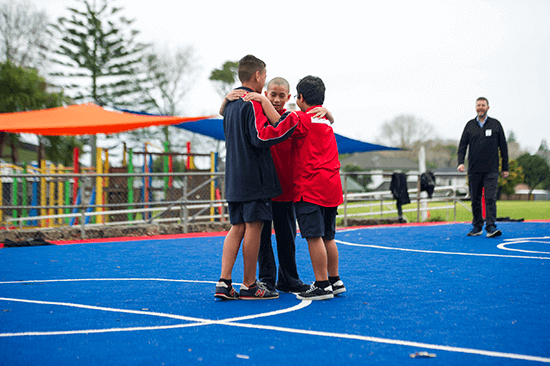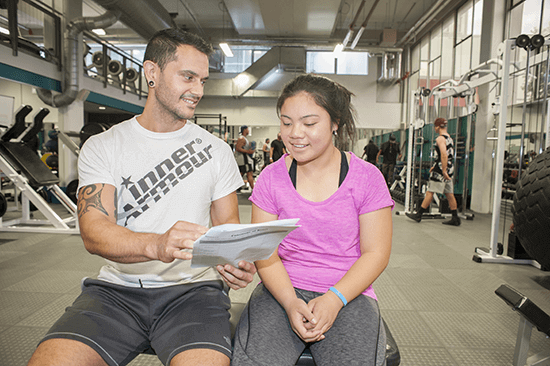Enable social supports | Ngā taituarā pāpori
Collaborate with whānau, ākonga, and the new teaching team to exchange information about social support within the new environment.
On this page:
On this page:
Current page section: Enable social supports | Ngā taituarā pāpori
Go to top of current page: Enable social supports | Ngā taituarā pāpori
Go to top of current page: Enable social supports | Ngā taituarā pāpori
Go to top of current page: Enable social supports | Ngā taituarā pāpori
"He aroha whakatō, he aroha puta mai"
Compassion is reciprocal.
Why this matters | Te take
Why this matters | Te take
Secure social support requires building cultures of care amongst peers to develop and maintain social and communication skills, which foster a sense of security in the new environment.

Source: Ministry of Education | Te Tāhuhu o te Mātauranga
Determine current social systems | Ngā tukanga pāpori
Determine current social systems | Ngā tukanga pāpori

Source: Ministry of Education | Te Tāhuhu o te Mātauranga
Address social concerns early | Te whakatau nawe
Address social concerns early | Te whakatau nawe
- By modelling and supporting a culture of care, greater ākonga security and safety between ākonga can be generated.
- Consult with whānau about what has worked well for their child. Set up mentoring or buddy systems, such as tuakana-teina, before transition. This could include scaffolded interactions during transition visits.
- Be mindful of the power of language – both verbal and non-verbal. Gestures, body language and how we approach particular ākonga all send subtle signals to children about how we feel towards them.
Align with student interests | Ngā aronga o ngā ākonga
Align with student interests | Ngā aronga o ngā ākonga
Investigate potential clubs and social settings that align with special interests and activities that bring a sense of wellbeing to ākonga and align with their curriculum and learning goals.
Some community groups offer assistance with social support for schools and kura.

Source: Ministry of Education | Te Tāhuhu o te Mātauranga
Create community | Te whai hapori
Create community | Te whai hapori
Each ākonga will be a part of a unique classroom community within their school.
Identify ways to strengthen and build this sense of community with other learners:
- Educate others in the class through Q&A sessions and presentations.
- Model specific ways other students can include ākonga.
- Challenge yourself, kaiako, and students to become aware of their own biases.
- Model having open conversations that are student-led about concerns, fears and issues as they may have as they arise.
Useful resources | He rauemi
Useful resources | He rauemi

Action research on a tuakana-teina approach
This video outlines the results of research undertaken by Tātai Aho Rau Core Education in partnership with Rātā Foundation to make a difference to the transition to school experiences of all tamariki in Ōtautahi. This video documents the tukana-teina buddy system.
Publisher: Tātai Aho Rau Core Education
Next steps
More suggestions for implementing the strategy “Develop ākonga partnerships | Te mahi tahi me ngā ākonga”:
-
Current page Enable social supports | Ngā taituarā pāpori
Return to the guide “Te Ara Ako – Learning pathways in times of change”
How to use this site
Guide to Index of the guide: Te Ara Ako – Learning pathways in times of change
Understand:
Strategies for action:
-
Nurture whānau partnerships | WhanaungatangaShow suggestions for Nurture whānau partnerships | Whanaungatanga
-
Develop ākonga partnerships | Te mahi tahi me ngā ākongaShow suggestions for Develop ākonga partnerships | Te mahi tahi me ngā ākonga
-
Prepare your environment | Te whakarite wāhi akoShow suggestions for Prepare your environment | Te whakarite wāhi ako
-
Working as a team | He whānau kotahi tātouShow suggestions for Working as a team | He whānau kotahi tātou

